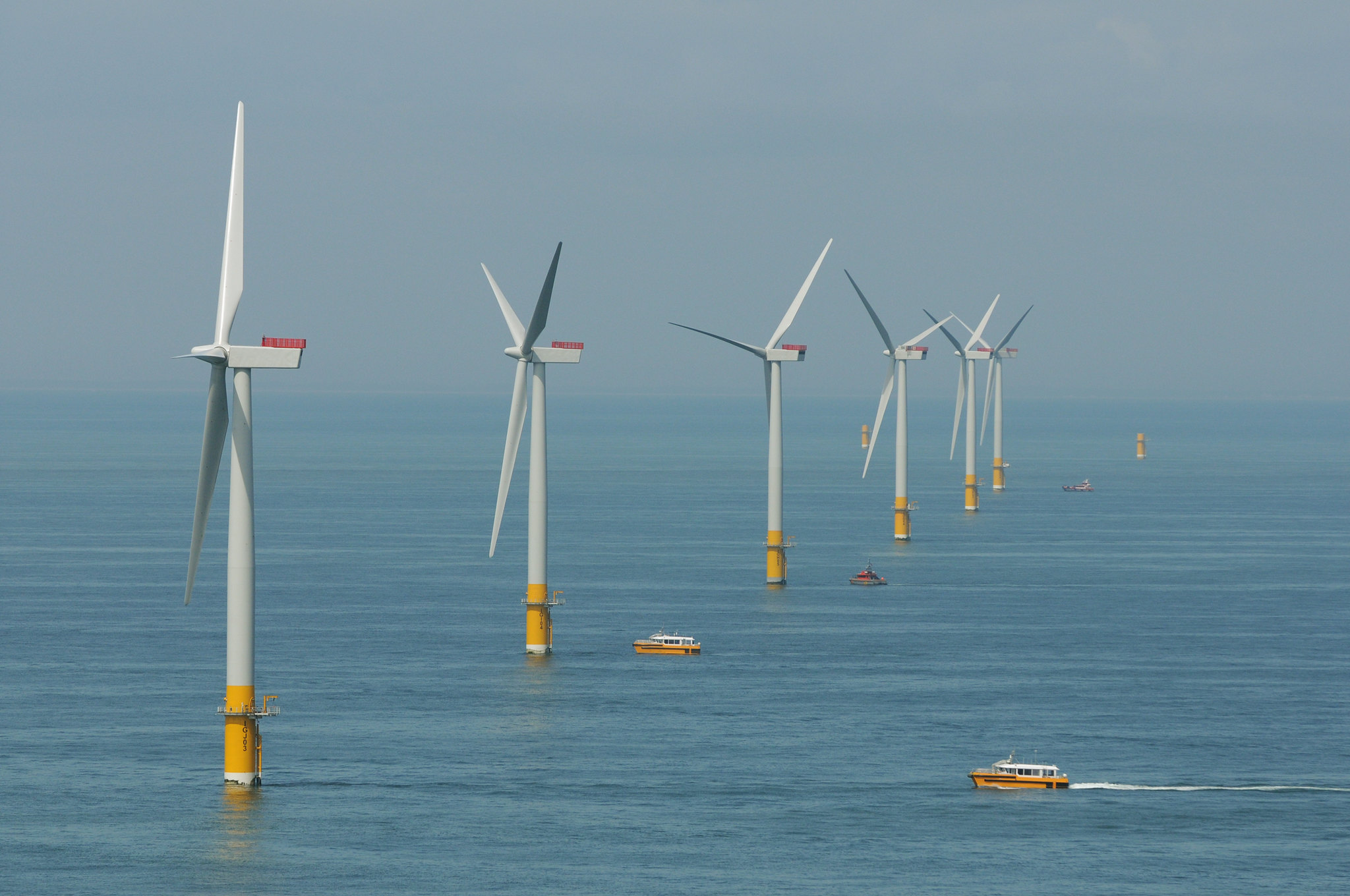Japan has been slow to embrace wind energy. Two decades since the very first developments, the country still has less than 5 GW of wind power generation, almost all of it onshore. That’s a fifth of the UK, another island nation with half the population and GDP.
Since the commitment to decarbonization made in October 2020, however, the government has embraced wind power as one of its top priorities for the future energy mix. Most of the government’s plans center on development of wind generation offshore. Still, the depth of the waters around Japan makes today’s top commercial turbines, which are fixed to the sea floor, less effective.
That’s why Japan has embarked on an ambitious program not only to catch up with European peers in offshore wind, but also to develop floating offshore wind turbines that would make better use of its strong sea winds.
The differences between a wind turbine installation fixed to the sea floor and one that floats are not trivial and extend to manufacturing, transportation, and assembly, as well as operations. Below is the plan of how Japan’s public and private actors aim to get ahead in floating offshore wind.

